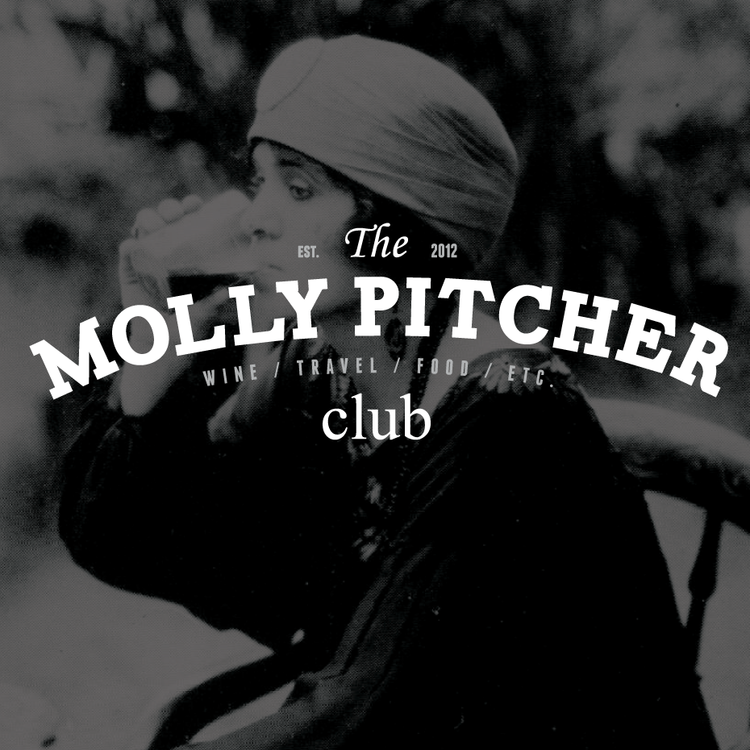Wine Reviews: Australian Riesling from Barossa Valley
It's wine wednesday! And what better way to celebrate than with a wine review! This time I had the opportunity to taste a Riesling from an unexpected area - Australia! More specifically, from Barossa Valley in the southern region of Australia.
Are you as surprised as I am that I picked up a Riesling from Australia?! Honestly, I have always been a huge advocate for Riesling. Too many of us assume that all forms of Riesling are sweetness bombs. While some are pretty sweet, there are tons of Riesling styles made in Germany and the U.S. that have great acidity and fruit flavors without the overwhelming sweetness. Plus, some even argue that Riesling is one of the best food pairing wines. But my passion for German Rieslings aside, I did not know that they made decedent Riesling in Australia!
After I heard about Australian Rieslings, I have been looking for them for a while - they are surprisingly hard to find. But when I moved to my new apartment and stopped in what is now my neighborhood wine shop, I found one! It is made by Chateau Tanunda in Barossa Valley.
Barossa Valley is located in South Australia, around the city of Adelaide. Barossa Valley, along with Coonawarra, are two of the best wine growing regions in the whole country. The wine making style in Barossa Valley has been heavily influenced by the British.
Chateau Tanunda Grand Barossa Riesling 2010
Where it's From? Barossa Valley region of South Australia.
Grapes? 100% Riesling.
Winemaker Notes. The wine has a subtle yellow color with delicate aromas of lime blossom and citrus fruit. The flavor features lemon, lime, passion fruit and a juicy finish. The finish has a touch of minerality and refreshing acidity. Forty percent of this wine comes from old vines planted on the Château Tanunda Estate in the 1920s.
My Thoughts. Every time I try a Riesling like this, I wonder when Americans will understand the versatility of this grape! It's delicious. Especially when it is made in this dry and refreshing style. I could not agree with the winemaker's notes more - I loved the minerality, acidity, and bright citrus flavors. I look forward to more delicious Rieslings out of Australia.
Cheers!



